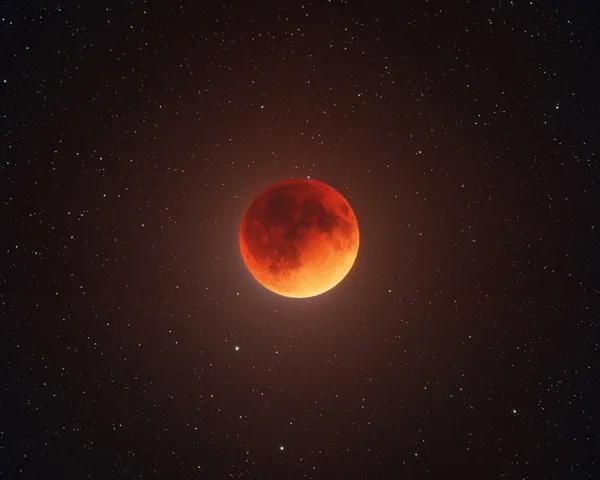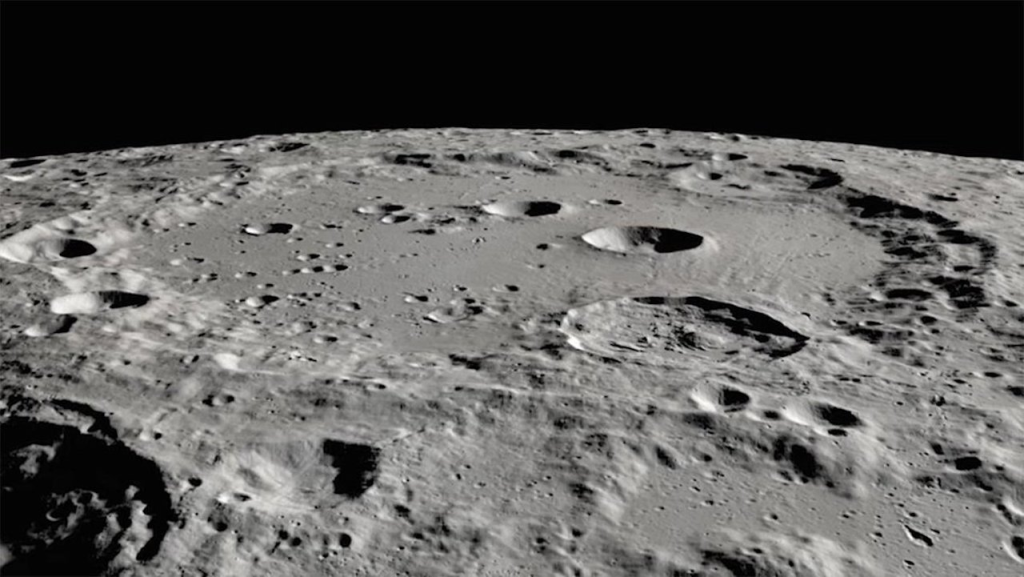From ancient stargazers to modern astrophysicists, humanity has forever been captivated by the Moon, our closest celestial neighbor. The early 20th-century debate, questioning if the Moon bore a resemblance to Martian moons or had a deeper internal complexity, has long puzzled astronomers. Today, that mystery is closer to being unraveled.
Newly derived mathematical models have shed light on the Moon’s inner constitution, revealing a fluid outer core and a solid inner core, mirroring Earth’s. Intriguingly, the dense metal comprising the inner core is akin to iron and spans approximately 500 kilometers in diameter, constituting nearly 15% of the Moon’s entire diameter.

To gain insights into the internal architecture of celestial bodies, seismic data becomes invaluable. The way seismic waves – essentially acoustic waves – traverse varies according to the medium they encounter. When produced by moonquakes, these waves become instrumental in unveiling the Moon’s innards, offering a kind of celestial radiography.
India’s Chandrayaan-3’s recent lunar touchdown marked the first recorded lunar quake in half a century. But for the Côte d’Azur University team in France, their exploration began without this fresh data, leaning heavily on archival Apollo-era information. With the limitations of this dated, low-resolution data, they had to innovate.
Augmenting their knowledge base, the scientists amalgamated data from subsequent space missions and lunar laser ranging experiments. This mosaic of information, detailing the Moon’s density and its Earth-distance variations, paved the way for modeling exercises to discern the most probable lunar core type.

Among the myriad findings, the team discerned that denser materials in the Moon gravitated centerward while lighter elements rose. This phenomenon had been previously postulated by experts to elucidate specific elemental presences in the Moon’s volcanic zones.
Yet, the revelation that garnered most attention was the identification of the Moon’s core structure. Mirroring Earth, the Moon boasts a fluid external layer surrounding a solid inner core. Notably, a 2011 NASA-led inquiry, which employed seismological tactics on Apollo data to study the lunar core, arrived at a congruent conclusion. The alignment of findings, despite diverse methodologies, lends weight to their veracity.
Though these revelations provide clarity, the Moon remains an enigma in numerous respects, most notably regarding its erstwhile magnetic field. Historically, a robust magnetic field enveloped the nascent Moon, which began waning approximately 3.2 billion years ago. It’s speculated that core movements and convective processes powered this field.
With renewed global interest in lunar exploration, as evidenced by endeavors from both governmental agencies and private space enterprises, our understanding of the Moon is poised to deepen. As NASA preps for its 2024 Artemis II mission, aiming to dispatch four astronauts to the lunar surface, private entities like ispace, Astrobotic, and Intuitive Machines are charting their lunar trajectories. The Moon, it seems, is ready to divulge more of its secrets.




